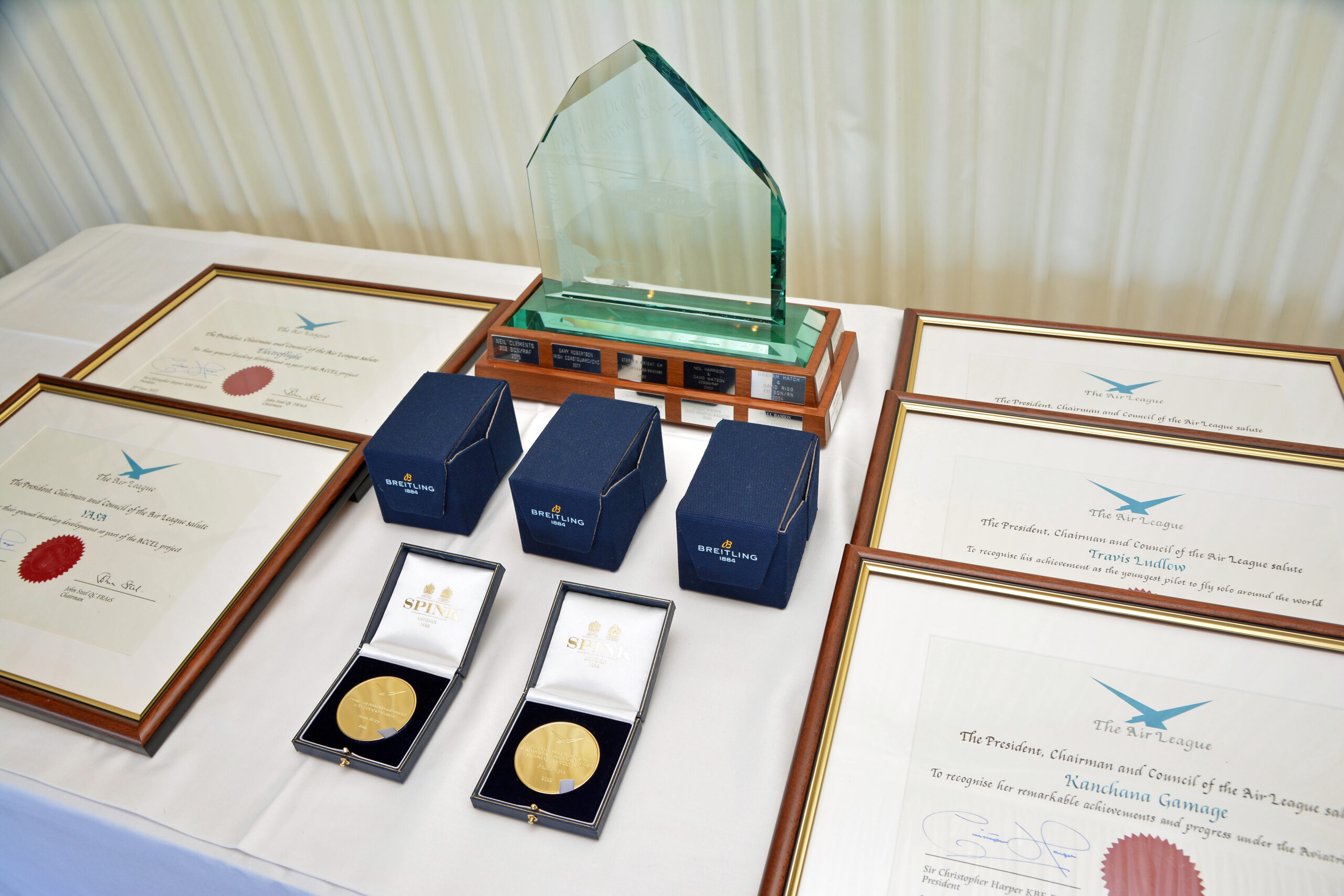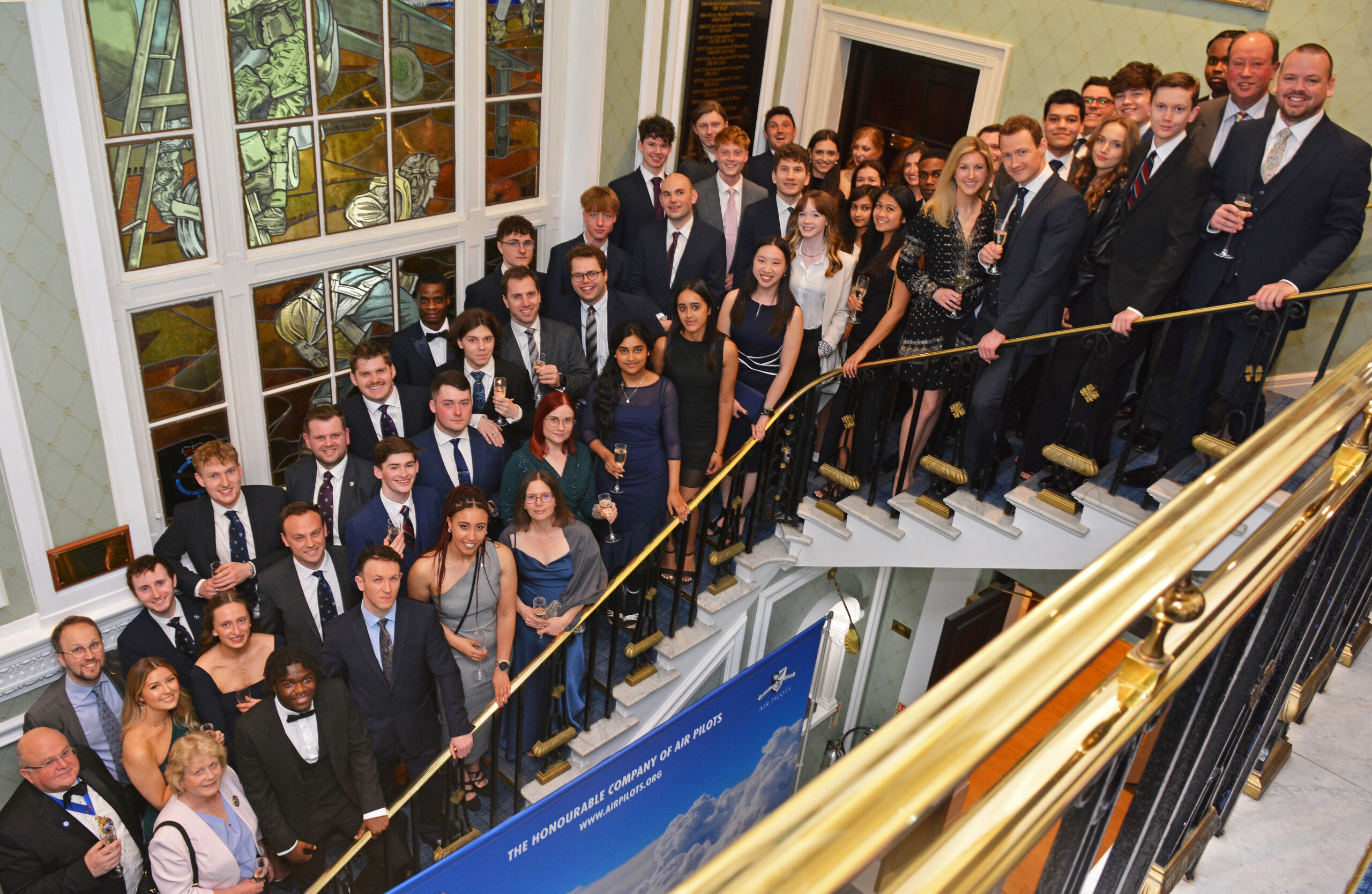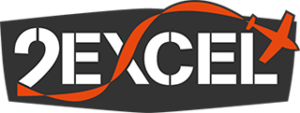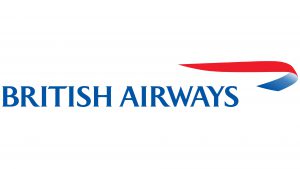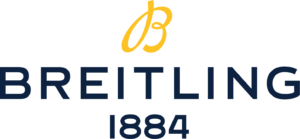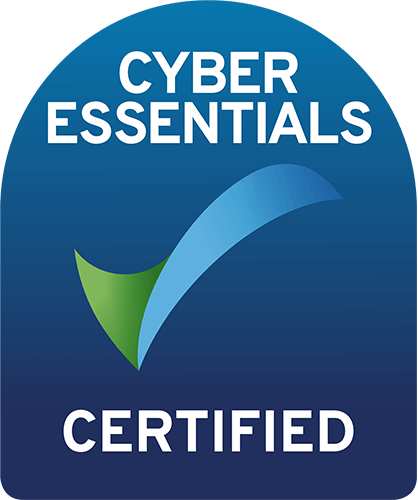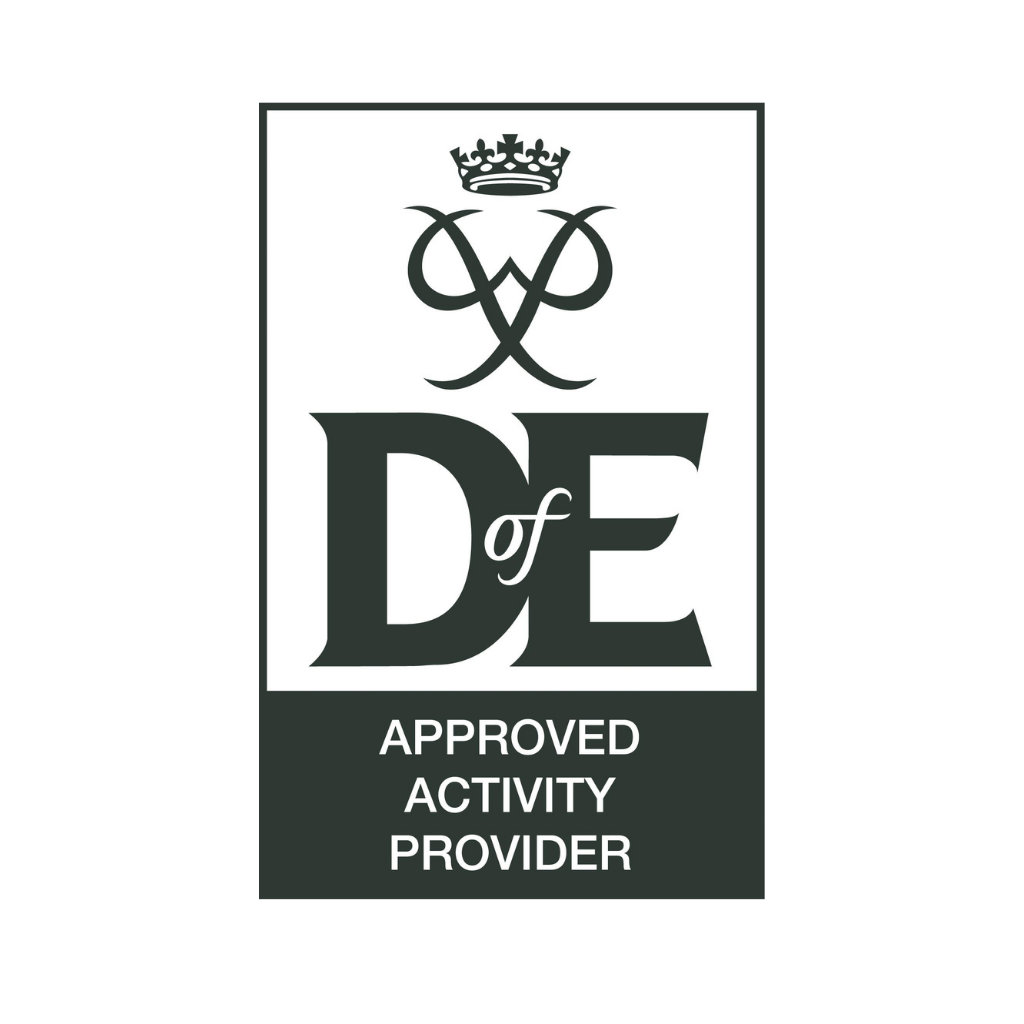As we celebrate World Pilots’ Day this week, meet Tim Heptinstall, a 2021 Air League scholar who successfully flew solo thanks to his scholarship.
Tim has Klippel-Feil Syndrome which is a musculoskeletal bone fusion condition. In his case, this results in limited upper body/neck movement along with profound hearing loss although he is able to manage this with hearing aids to the point of having a normal hearing ability.
His biggest career aspiration has always been to work as an airline pilot which has been a unique challenge given the difficulty his disability imposes on gaining a civil aviation authority medical and a career in this industry. The medical itself took nearly seven years of work, petitioning with the CAA and EASA to prove his capability to operate an aircraft safely despite his disability. He invested a lot of time researching the requirements to be able to defend his position with the medical professionals, which took a lot of resolve. This process had several setbacks including being outright declined for a medical a few weeks after it was originally offered to him which then led to another year of petitioning before he was finally able to get the medical.
He does now have a class one medical and was even accepted on easyJet’s cadet pilot scheme, but this was rescinded in early 2020 due to the COVID-19 pandemic. Tim was awarded a 12-hour flying scholarship last summer and successfully flew solo at Yorkshire Aero Club in September. He is still pursuing the aim of flying commercially and is currently working as a mechanical design engineer to save for his flight training.
Tim has very kindly written an article to tell you his story:
You might be surprised to know that just because someone is deaf or hearing impaired does not mean they would be unable to train as a pilot. Of course, listening to air traffic control or a flight instructor is critical for flying, but this does not infer that an aeromedical examiner will automatically disqualify someone who is deaf from ever becoming a pilot. And a large part of my journey to the flight deck has been tackling the challenges of gaining a pilot’s medical and undergoing flight training whilst being profoundly deaf.
Firstly, there are some cases where you can gain a licence to fly with next to no ability to listen to or communicate with ATC by operating out of un-towered airfields – something which is particularly popular in the states with organisations like the Deaf Pilot’s Association.
But it is also possible for people who are deaf to train to fly in the same way that most hearing individuals would. Furthermore, someone who is deaf could even go all the way to Airline Transport Pilot Licence training by either having a moderate level of hearing loss or, in my case, by using hearing aids and audio accessories to connect directly to the aircraft intercom.
Becoming a Deaf Pilot – My Story
I have been hearing impaired since birth – and since the age of 10, I’ve also had a passion for aviation. This interest started when I watched a documentary about the first flight of the Airbus A380 with Singapore Airlines, which quickly led to getting into flight simulators, and it wasn’t long before I hatched a dream to one day become an airline pilot myself.
Without any assistance, my hearing ability is virtually zero. However, since a very young age, I have been fitted with bone-anchored hearing aids, which brings my hearing ability up to a level where it would be almost impossible for someone to know I was deaf in everyday life.

However, getting a pilots medical was going to be more challenging. Firstly, getting an EASA Class 1 medical as required for Airline Transport Pilot’s Licence training was, by design, going to be complex as someone who is deaf and has other disabilities. And secondly, whilst my assisted hearing ability is excellent, this is all done through the hearing aids, which means I can’t always jump into an aircraft and use a standard aviation headset as my ears do not pick up the sound.
It wasn’t until I finished sixth form and realised what a good fit a career as a pilot would be for me with the skills I had to offer, combined with how much I wanted a career in aviation, that I decided to make the push regardless of the challenges involved.
I started by speaking with the Civil Aviation Authority and seeking advice on the required hearing standard, with or without hearing aids. I am still required to meet the same standards with hearing aids, which actually meant I had to undergo surgery during the summer after my first year of studying Aeronautical Engineering to have a second bone-anchored hearing aid implant on the opposite side to the one I already had. Having two implants is not common practice for someone with bone-anchored hearing aids. However, in my case, we did this to gain left and right-side bilateral hearing ability specifically to help meet the requirements for a Class 1 medical.
Once I had my two hearing aid’s I applied for my initial Class 1 medical assessment. However, I still needed to go through additional specialist appointments as requested by the CAA and several more years of petitioning with the CAA/EASA and various other organisations. During this time, I was also undertaking functional hearing assessments to prove my ability to safely operate an aircraft before I finally gained my medical in 2018 – nearly five years after I initially started my journey into aviation!
I had some flying experience previously, mostly going up with friends whenever I got the chance whilst I waited for my medical. However, it wasn’t until this year that I got my first taste of flight training thanks to The Air League after receiving a Flying Scholarship. After putting in so much work to get to the point where I could even begin flight training, finally starting the long journey towards learning to fly was an incredible experience, and I am tremendously grateful to The Air League for their continued support.
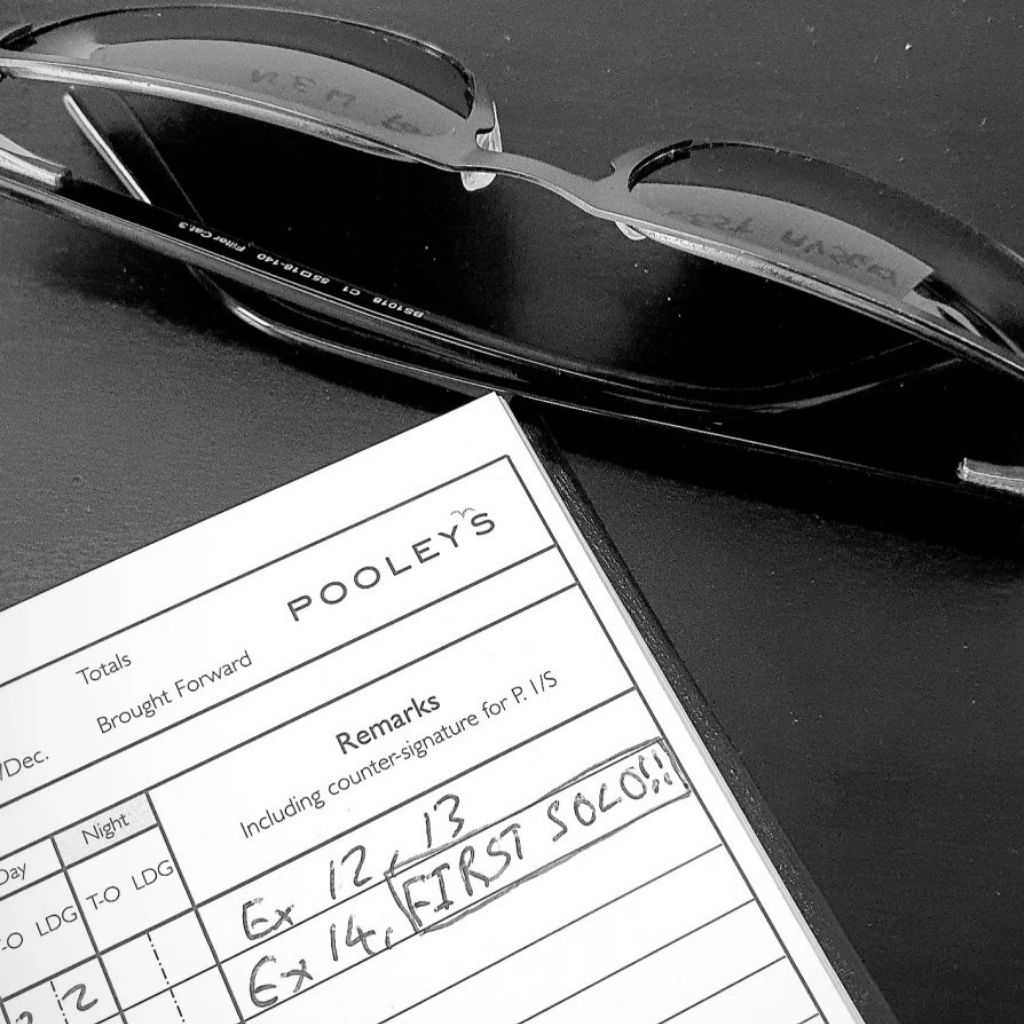
I was able to use the hours awarded to go from zero flight training experience all the way to my first solo flight after just ten hours of flying, and this was the first real-world test of using my hearing aids in the aircraft. Despite the challenges, my Ponto 4’s performed flawlessly, and it was terrific to demonstrate that using hearing aids does not affect my ability to undertake flight training.
At the time of writing, I have 20-hours logged towards my Private Pilot’s Licence, 4 of which are solo, and I am now working towards my solo navigation flights and undertaking my theory exams over the winter. I am looking forward to completing my PPL sometime in early 2022 and have aspirations to continue onto a Commercial Pilot’s Licence.
What Does Being A Deaf Pilot Look Like?
How a deaf pilot can safely operate an aircraft will vary depending on the level of hearing loss an individual has combined with what hearing aids they use, if any. In extreme cases like mine, I cannot use a standard aviation headset as all my hearing power comes from the hearing aids themselves and not my ears.
To get around this, I have been using a pair of Oticon Ponto 4 hearing aid’s along with an Oticon EduMic, which I clip onto my headset (pictured right). My hearing aids can already connect to Bluetooth devices, much like pair of Apple Airpod’s. However, The EduMic takes this one step further by also streaming conventional wired audio sources to the hearing aids.
I can connect the EduMic directly to the aircraft intercom in place of my headset’s headphone jack when in the aircraft, or I can use a headset that can pass the intercom audio through to a 3.5mm jack for a more convenient setup. Both setups enable me to hear all communications directly through my hearing aids in the same way a hearing individual would listen in using a headset. For an added benefit, I can also adjust the audio levels or mute the microphones on the hearing aids to replicate the effect of passive and active noise cancellation, as found on most aviation headsets.
Just being able to physically listen to air traffic control and the instructor or co-pilot is not enough in itself. It’s imperative to be able to hear comfortably enough so that I can continue to operate the aircraft and multitask without having to strain to listen to what is being said – even with the added challenge of the engine noise. However, this is not something I have struggled with whilst training towards my PPL, thanks to the Ponto 4’s. I actually attribute the audio quality and ease of use of my hearing aids as part of the reason I had my first solo flight so quickly, as it meant I could entirely focus on my training without any distractions.
Why are there not more people with disabilities in aviation?
Actually, there is already a substantial number of people in the aviation industry who are either deaf or have a disability. For example, Aerobility has offered disabled individuals the opportunity to fly through an experience flight or as part of flight training since 1993.
Aerobility is a leading charity in the aviation sector and recently celebrated its 10,000th flight and is currently flying around 1,000 people with disabilities a year from its bases at Blackbushe and Tatenhill. Aerobility is looking to continue its success in 2022 and beyond as it has purchased 63 decommissioned Vigilant T1 aircraft from the Ministry of Defence. These aircraft will be modified and refurbished, meaning Aerobility will more than double its fleet of aircraft and increase its capacity to fly 2,600 people a year.
Aerobility was one of the first organisations I contacted when I was initially investigating the feasibility of attaining a medical given my disabilities, along with a smaller group called Deaf Pilot’s UK who fly recreationally in gliders and piston aircraft. I was even fortunate enough to gain my first few hours of flying experience with Deaf Pilots UK, and in 2015 I helped them raise awareness of this matter at a presentation at the British Gliding Association conference.
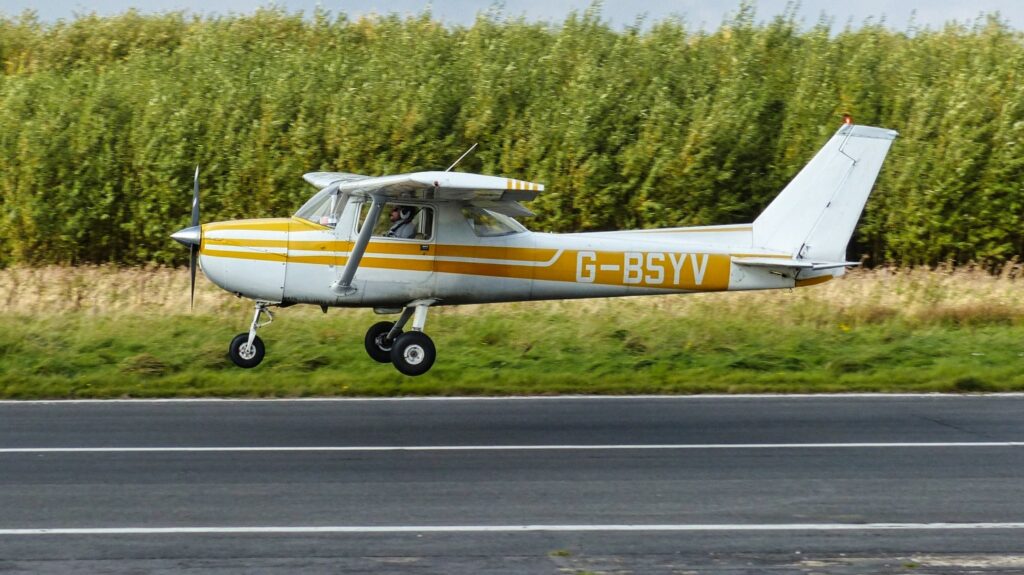
However, getting into aviation as someone who is deaf or disabled is still challenging, especially at a commercial level where the medical requirements are significantly stricter. It has taken me nearly five years of work to prove my ability to operate an aircraft safely to obtain a Class 1 medical for my PPL and any further commercial pilot training that I hope to one day undertake. During this time, I went through a substantial amount of petitioning with the CAA and EASA to be granted the Class 1 medical despite wearing hearing aids, which would otherwise have been an automatic rejection for initial applicants.
A big part of this challenge has been the sheer lack of resources for pilots with disabilities trying to obtain a Class 1 medical. This lack of information is because there are significantly fewer pilots with disabilities working as flight crew than those with a Class 2/3 medical for flying recreationally like in Deaf Pilots UK.
This lack of information almost stopped me from starting my journey into aviation when I was younger. Back then, I thought a career as a pilot was practically impossible due to my disabilities, which is why I am writing this article hoping that others can use this information to pursue a career in this industry.
Getting into aviation with a disability was also very expensive and could be for others. For example, my Class 1 medical required additional private appointments in London on top of my initial assessment, which cost nearly £1500 in medical and travel expenses. In my case, renewing the Class 1 Medical also requires an annual Functional Hearing Assessment which costs £250 for the aircraft hire and the examiner fee on top of the usual medical renewal costs. My Ponto 4 hearing aids are free on the NHS, as is the surgery for the implants. However, the Oticon EduMic and a modified headset to connect my hearing aid’s to the intercom are £400 each – neither of which are covered by access to work grants as any form of private or commercial pilot training is not classed as employment.
However, the airline industry is crying out for more diversity and individuals with disabilities are a vital part of this. Diversity in any sector is proven to boost prosperity, and getting more individuals with disabilities into the aviation sector will only further this point. easyJet founder Sir Stelios Haji-Ioannou and his charity offered an excellent scholarship in 2019 for a disabled individual to train for a PPL in partnership with The Air League. Initiatives like this that help generate more information about disabled pilots and flight crew will help to get more people with disabilities into this industry.
I am incredibly grateful to be where I am today and to have had the opportunity to meet so many people in this industry this year, including my fellow Air League scholars and members of my local flying school. As a result, I would thoroughly recommend anyone with a disability looking to fly to reach out to organisations like Aerobility and Deaf Pilots UK or even myself, as this is an outstanding industry to be in, and things will only continue to get better.
The fun side of being a Deaf Pilot…
However, there are also some fun quirks to being a deaf pilot! For example, the intercom audio is streamed wirelessly to my hearing aids, so I can hear what is being said over the intercom even when I am not wearing my headset. Always being able to listen to the intercom is excellent for when I need to adjust my sunglasses in flight. However, this also leads to some interesting situations…
Once I had to head back into the FBO to fetch another oil container after we topped up during the pre-flight checks. While I was away, my flight instructor decided to get the Cessna 150 started and warmed up, given it was an exceptionally crisp winter morning, which included turning on the avionics and intercom, to which I already had my headset connected.
Even when I was on the other side of the ramp, I could still hear my instructor quietly humming his way through the startup checks thanks to my hearing aids. Once I returned and got strapped in, I was able to continue through the startup checks without any prompting as to where he had left off – much to the bewilderment of my flight instructor!




